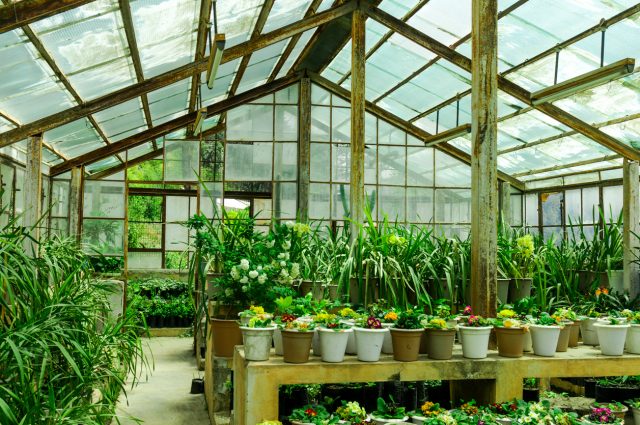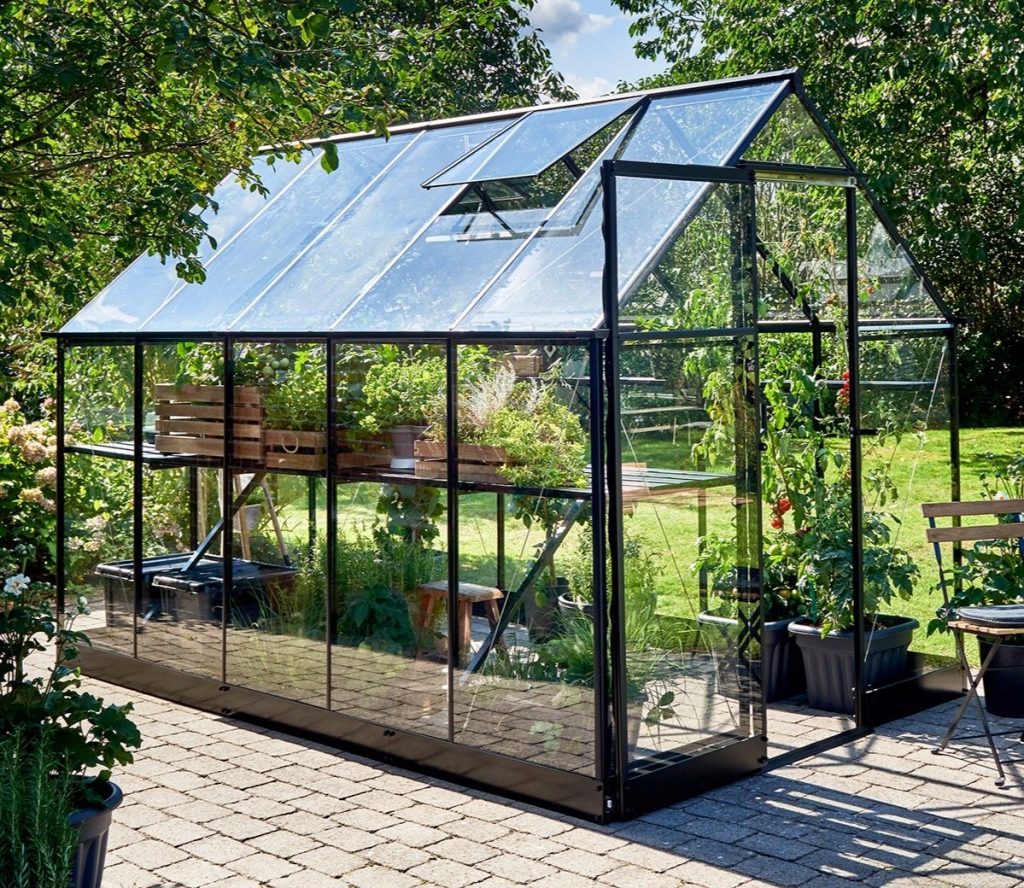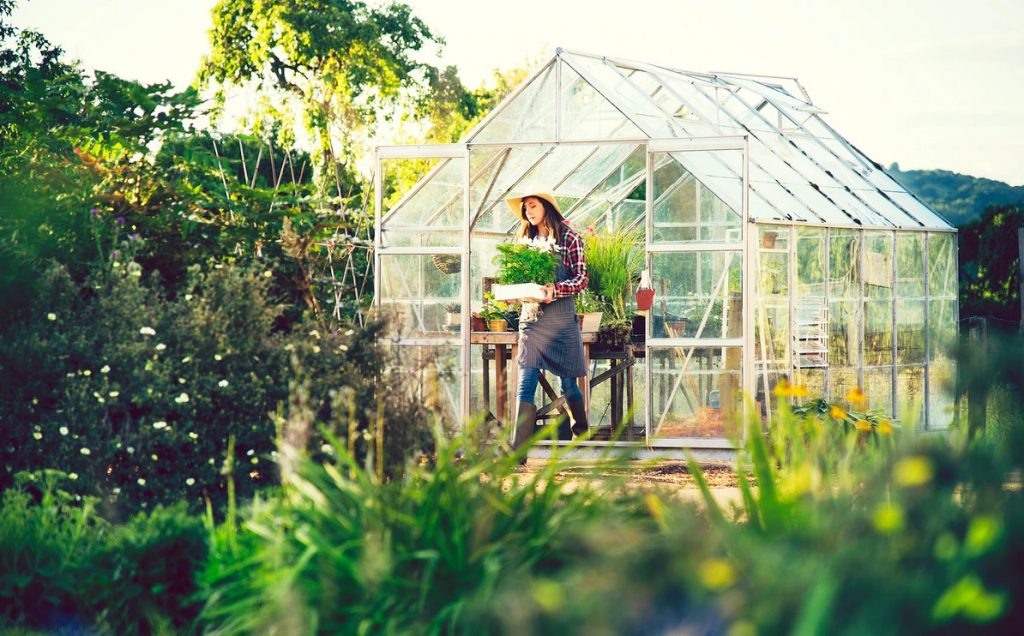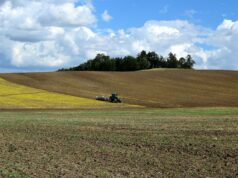
Greenhouses are pretty popular nowadays, especially with all the sudden rise in interest in healthy lifestyles and home-grown foods. There are many different types of greenhouses, and if you are someone who has any growing experience, chances are that you’ve heard about most of them. However, today we’re focusing on just one, which is the Lean-To Greenhouse type, and we’re telling you all about it. Feel free to continue reading until the end if you are interested in learning more.
What is a Lean-To Greenhouse?

A lean-to greenhouse is the type of a greenhouse that is usually built on the rear side of another structure, whether it’s a house or a building, or a completely different facility. This means that one side of the greenhouse is already covered by the wall of the building that it leans on, and the rest are manually built. These structures are considered to be traditional, and according to research, they date back to the Victorian period. When it comes to their resistance to natural elements, such as wind and water, they’re pretty durable and considered to be one of the most resistant forms of a greenhouse.
These lean-to constructions are also sometimes referred to as “sunrooms” which can be used for growing edible crops and ornamentals.
Lean-To Greenhouses explained
According to Greenhouse Hunt, these constructions are very good for urban environments, and that’s one of the main reasons why they’re still so heavily used nowadays. Even in the Victorian era, the people of that period were completely aware of the benefits that they get from building this type of greenhouse against a wall in their walled gardens. Here’s why. The wall basically acts as a heat sink, which absorbs almost all of the heat during the day when the sun is very warm, and then it releases it over the night when the temperatures are cooler, making the temperature pretty even throughout the entire day. This ensures that whatever it is that you’re growing inside your greenhouse will not go through any stress regarding drastic temperature changes. If you have any previous growing experience, you already know how important a steady overall temperature is for your plants.

When building such a greenhouse, your height must be carefully checked in order to make sure that the ridge doesn’t clash with any common obstacles such as drainpipes or windows.
One of the most important and useful things about this type of greenhouse is the fact that the building which supports it will also benefit a lot from the insulation. You are able to customize it as much as you want, and if you really care about aesthetics, you can make the roof glass. There’s also a trick that experienced growers use, which is to paint the walls white which help a lot with reflecting light and heat back into the greenhouse. This can sometimes be very helpful if you are worried about energy efficiency or other things of that nature. If you want to grow any vine-like plants, you can use brick walls. This will allow the plants to grow inside the brickwork.

















